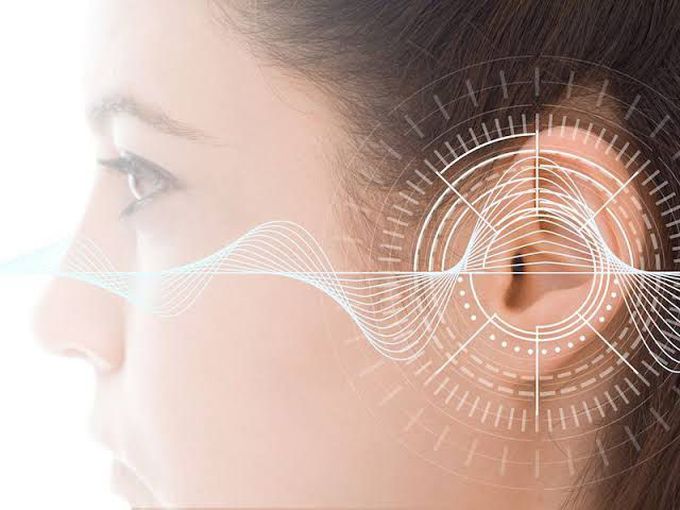


Hearing Tests
Three hearing tests are done clinically to assess normal or affected hearing. 1. Whisper Voice Test • the opposite ear is masked by rubbing the tragus and covering it. • then examiner whispers from a distance of 15cm in the ear being tested. • patient is asked to repeat the combination of multisyllabal numbers and words. • speak normally to confirm that the patient understands the test. • repeat the test but this time at arm's length from the patient's ear. -> People with normal hearing can repeat words whispered at 60cm. 》 Tuning Fork Tests - 512 Hz ▪︎ 512 hertz tuning fork is used to help differentiate between conductive and sensorineural hearing loss. 2. Weber's Test • strike the prong of the tuning fork against your elbow or knee to make it vibrate. • place the base of vibrating tuning fork on the middle of patient's forehead. • ask the patient "Where do you hear the sound?" • record which side Weber's test lateralises to if not central. -> In patients with Normal Hearing, the noise is heard in the middle, or equally in both ears. -> In Conductive Hearing Loss, the sound is heard louder in the affected ear. -> In Unilateral Sensorineural Hearing Loss, it is heard louder in the unaffected ear. If there is Symmetrical Hearing Loss, it will be heard in the middle. 3. Rinne's Test • strike the prong of the tuning fork against your elbow or knee to make it vibrate. • place the base of vibrating tuning fork on the mastoid process of temporal bone. • now place the still-vibrating base at the external auditory meatus and ask, "Is it louder in front of your ear or behind?" -> In Normal Hearing, the sound is heard louder when the timing fork is at the external auditory meatus. That is, Air Conduction (AC) is better than Bone Conduction (BC), recorded as AC>BC. This normal result is recorded as "Rinne's Positive". -> In Conductive Hearing Loss, bone conduction is better than air conduction (BC>AC); thus the sound is heard louder when the tuning fork is on the mastoid process ("Rinne-negative"). -> A False-Negative Rinne's test may occur if there is profound hearing loss on one side. This is due to sound being conducted through the bone of the skull to the other good ear. Weber's test is more sensitive and therefore the tuning fork will lateralise to the affected ear in conductive hearing loss before Rinne's test becomes abnormal (negative). -> In Sensorineural Hearing Loss, Rinne's test will be positive, as air conduction is better than bone conduction. Hot tip: Do not poke unnecessary things in your ear!

